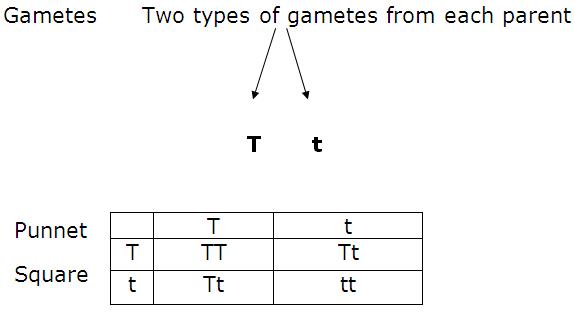Biology:2013:[Delhi ]:Set-II
To Access the full content, Please Purchase
-
Q1
An anther with malfunctioning tapetum often fails to produce viable male gametophytes. Give one reason.
Marks:1View AnswerAnswer:
The tapetum is the innermost layer of a microsporangium. It is found in a cluster of two in each lobe of the anther. It nourishes the pollen grains. If it malfunctions, then the pollen grains are provided with adequate nutrition. Hence, the anther is not able to produce mature viable male gametes.
-
Q2
Why sharing of injection needles between two individuals is not recommended?
Marks:1View AnswerAnswer:
The sharing of injection needles between two individuals can lead to the transfer of various diseases like AIDS from an infected person to a healthy person.
-
Q3
Name the enzyme and state its property that is responsible for continuous and discontinuous replication of the two strands of a DNA molecule.
Marks:1View AnswerAnswer:
The enzyme is DNA polymerase. The property that is responsible for continuous and discontinuous replication of the two strands of a DNA molecule is that the enzyme catalyses the polymerisation of the nucleotides only in 5' to 3' direction during replication.
-
Q4
Write the importance of MOET.
Marks:1View AnswerAnswer:
MOET technique is used to:
i) obtain a better breed of animals.
ii) produce economically important hybrids in a short period of time. -
Q5
Why is the enzyme cellulase needed for isolating the genetic material from the plant cells and not from the animal cells?
Marks:1View AnswerAnswer:
Plant cells have a cell wall which is made of cellulose. However, animal cells lack the cell wall and do not contain cellulose. Cellulase is an enzyme that digests cellulose. So, it is needed for digesting the cell wall before the genetic material can be isolated from the plant cells.
-
Q6
Name the type of biodiversity represented by the following:
a) 50,000 different strains of rice in India.
b) Estuaries and alpine meadows in India.Marks:1View AnswerAnswer:
(a) Genetic diversity
(b) Ecological diversity -
Q7
Write the equation that helps in deriving the net primary productivity of an ecosystem.
Marks:1View AnswerAnswer:
The Net Primary Productivity (NPP) of an ecosystem can be derived by using the following equation:
NPP = GPP (Gross Primary Productivity) – R (Respiratory Losses) -
Q8
Identify the examples of homologous structures from the following:
(i)Vertebrate hearts.
(ii)Thorns in Bougainvillea and tendrils of Cucurbita.
(iii)Food storage organs in sweet potato and potato.Marks:1View AnswerAnswer:
Thorns in Bougainvillea and tendrils of Cucurbita.
-
Q9
When and where do chorionic villi appear in humans? State their function.
Marks:2View AnswerAnswer:
Chorionic villi are finger-like projections that develop from the trophoblast layer of the zygote after it has been implanted in the uterine wall.
Functions of chorionic villi:
a) The projections from the uterine tissue interdigitate with the chorionic villi to form the placenta, which is the connecting link between the mother and the foetus.
b) It facilitates the supply of oxygen and nutrients to the embryo. -
Q10
In a cross between two tall pea plants, some of the offspring produced were dwarf. Show with the help of the Punnett square, how is this possible.
Marks:2View AnswerAnswer:
In a cross between two tall plants, some of the progeny may turn out to be phenotypically dwarfed. This can happen when both the parents are heterozygous for the gene that controls their height.
Genotype of Parents = Tt
Here, T is the dominant allele for tallness and t is the recessive allele for dwarfness.
The cross is shown below by the Punnett Square.
Parents: Tt X Tt
(P generation) (both heterozygous tall)

Phenotypic ratio: 3 : 1Tall dwarf
Genotypic ratio : 1 : 2 : 1
Pure tall Hybrid tall Pure dwarf
(TT) (Tt) (tt)



